Do you plan to travel to Japan or dine in a traditional Japanese restaurants? Practicing a few easy etiquette standards will help you standout whether you’re eating with new Japanese friends, dining in a Japanese restaurant, or having a business lunch with a Japanese client. Generally Japanese people would tolerate you if you don’t recognize their beliefs and practices, but by following basic etiquette, you show respect and good manners.
This article is about Japanese Culture, specifically the traditional Japanese Dining. If you want to learn more about Japanese dining etiquette, scroll down and continue reading.
Traditional Japanese Dining
Traditional Table Settings
The traditional Japanese table setting has changed significantly over the years, mostly due to the sort of table that was popular at the time. Small individual box tables (hakozen) or flat floor trays were placed in front of each diner prior to the nineteenth century. By the turn of the century, larger low tables (chabudai) that could seat entire families have become popular, but by the end of the century, Western style chairs and tables had taken their place.
Traditionally, a bowl of rice is placed on the diner’s left side and a bowl of miso soup is placed on the diner’s right side at the table in the Japanese table setup. Each okazu is presented on a separate dish behind these. According to the classic three okazu formula, three flat plates are placed behind the rice and soup to contain the three okazu: one in the far back left, one in the far back right, and one in the center. Although pickled vegetables are sometimes offered on the side, they are not included in the three okazu. Chopsticks are usually positioned near the diner at the very front of the tray, pointy ends facing left, and supported by a chopstick rest, or hashioki.
Dining Japanese Etiquette
In Japan, many restaurants and houses have Western-style chairs and tables. Traditional Japanese low tables and pillows, which are typically found on tatami flooring, are also prominent. Because tatami mats, which are composed of straw, are easily damaged and difficult to clean, shoes or any other sort of footwear are often removed before walking on them.
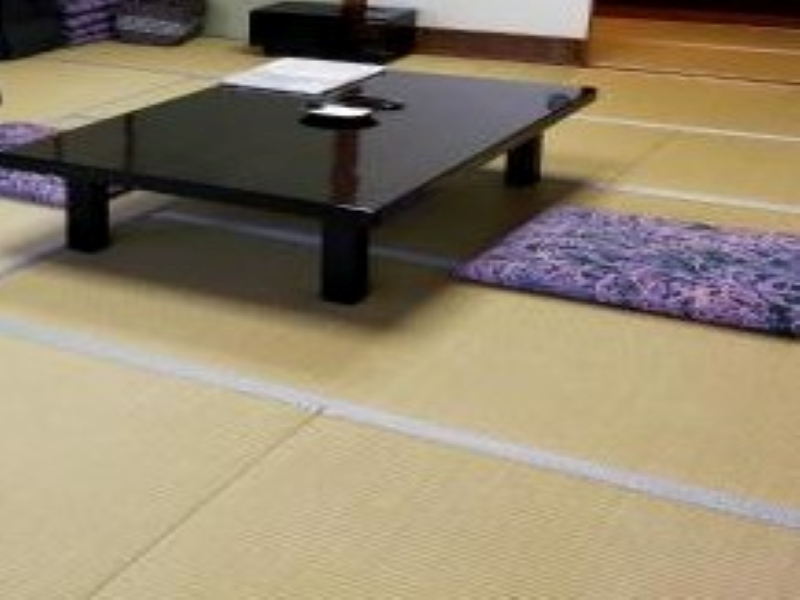
Sitting
Sitting upright on the floor is customary when dining in a traditional tatami room. Men sit with their feet crossed in a relaxed situation, while women sit with both legs to one side. Cross-legged seating is reserved for men. A kneeling posture known as seiza is the ceremonial technique of sitting for both sexes. Kneel on the floor with legs folded under thighs and buttocks resting on heels to sit in a seiza position.
Customers are escorted to their seats by the host when dining in a traditional Japanese restaurant. The distinguished or senior visitor is normally seated at the table’s middle, farthest from the entryway. The most valuable guest in the house is also seated on the side of table farthest from the entryway. The guest is placed in front of a tokonoma, or alcove, if there is one in the room. The host sits near or just in front of the door.

Gratitude
Japanese people say “itadakimasu”, meaning I humbly receive, before they start eating their Japanese dishes. Both hands are clasped in front of the chest or on the lap when stating itadakimasu. Itadakimasu is accompanied with a compliment on the food’s look. The beautiful arrangement of food is as important to the Japanese as its real taste. It is customary to thank the host on his artistry before touching the cuisine. It is also usual to wait for the eldest visitor at the table to begin eating before the other diners.
Once the meal is finished, they traditionally say “gochisosama deshita,” which translates to “thank you for the meal.”

Chopsticks
Chopsticks in Japan are shorter than those in China and longer than those in Korea. Nippon’s version has a finer tip and is generally constructed of bamboo or wood with exquisite lacquer or carved motifs.
Several Japanese table manners traditions rely with the use of chopsticks. Not only should chopsticks be held correctly, but they should never be left upright in a bowl of food, as this symbolizes a funeral offering. You should also avoid eating straight from a communal dish and avoid hovering with your chopsticks when picking what to eat next.
Place your chopsticks on a “hashioki,” or chopstick stand, when not in use. If you’re having a conversation, it’s not nice to converse while holding your chopsticks, so put them down. When talking, never aim your chopsticks, and do not use them to pass food to someone else.
After you’ve finished your Japanese food, the table should be arranged to its original state. The used chopsticks should be placed in the chopsticks rest or the paper holder, and the lids should be put back to all your dishes.

Bowls And Plates
Washoku, or Japanese cuisine, refers to the country’s regional and traditional cuisines, which have evolved over centuries of political, economic, and social changes. With its assortment of bowls, plates, and small bowls or saucers, all of which serve a different role, Japanese tableware achieves this artistic goal. The designs differ from simple to complex, from wood to ceramic, yet they always follow the natural symmetry. Deep indigo blues, for instance, are traditionally used to celebrate the sea, which has played a significant part in Japanese culture.
The soup bowl often has a functional lid. The stew bowl is used for different simmered dishes, such as curries. The rice bowl, and flat plates are for fish or meat. These are the most commonly used items. Obon trays and placemats, which are used to serve, convey, and present food, also create a welcoming atmosphere for customers.
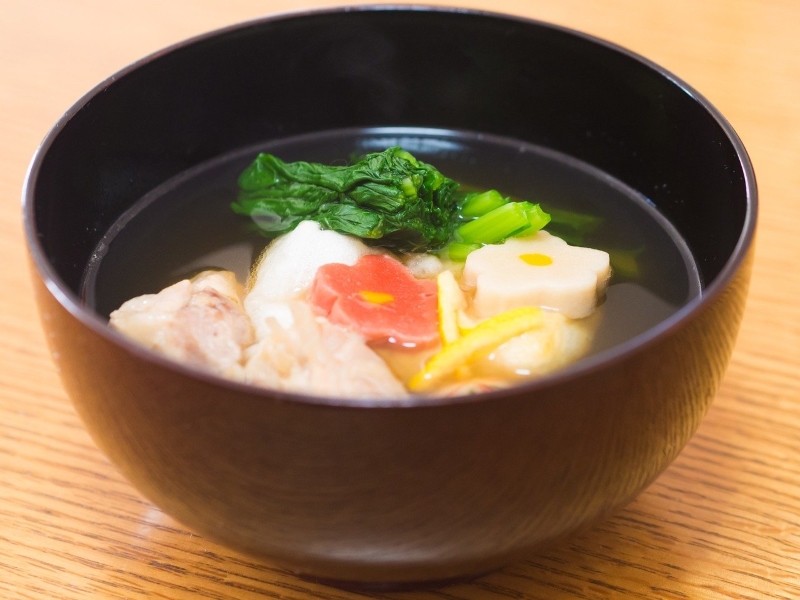
Handling
It is proper etiquette to pick up the bowl with your hand and bring it close to your lips when eating from small bowls. Cupping your hand to catch falling food is considered impolite.
Food should always be consumed in one bite, so avoid biting it into smaller pieces. You should also avoid eating with your food raised over your mouth.

Eating Clam Shells
It is considered bad manners when putting empty clam shells on another dish or in he lid of a bowl. It should be kept in the bowl they were served in.
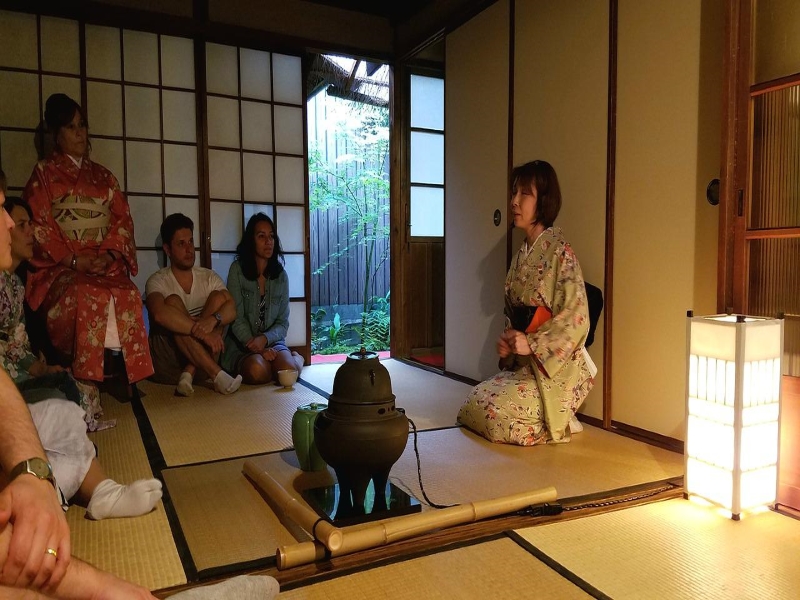
Tea Ceremonies
Tea ceremonies involve meticulous commitment to a set of rules intended to induce relaxation. When greeting guests, remove your shoes and bow slightly. Instead of talking or shaking hands, remain seated quietly.
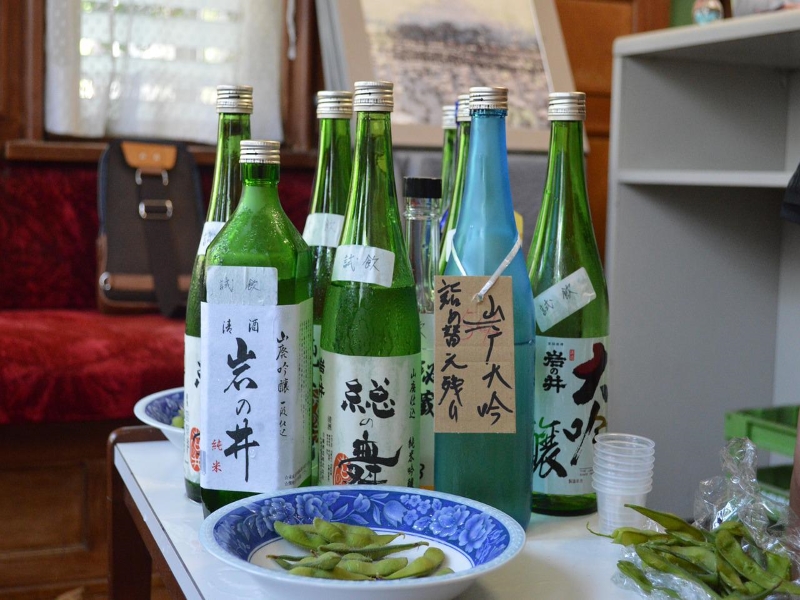
Drinking
When drinking alcoholic beverages with a group, wait until everyone at the table has a drin,k and the glasses are raised for a drinking salute, and say “kampaii”, before you start drinking. Women should place their hand beneath a glass when holding it. When speaking with a supervisor, men should also do this as a display of respect.
In Japan, it is common to serve each other rather than pour your own drink when consuming alcoholic beverages.

Soup
Spoons are rarely used in Japanese soups because they comprise so many contents. You should instead try eating your soup with chopsticks. It is okay to slurp your soup, the slurping process cools down the soup, and many Japanese people feel that inhaling air while eating noodles improves the flavor.
When eating miso soup, Japanese drink it as if it were a cup and then they use chopsticks to pick up the solid portions.
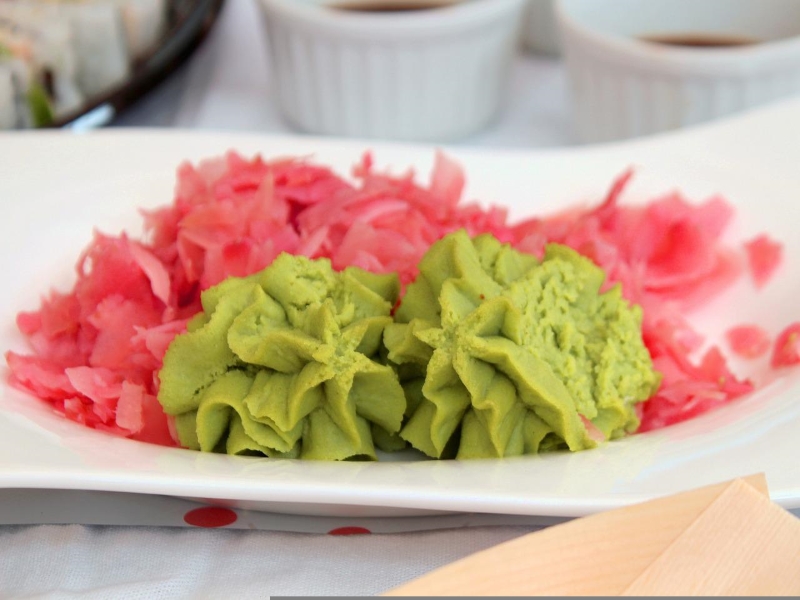
Wasabi
Never mix wasabi into your soy sauce bowl when eating sushi. This can be considered as bad manners and an insult to the chef because it is supposed to limit the sushi’s flavor.
Who Pays The Bill
In most cases, the individual who invited everybody pays for the meal.